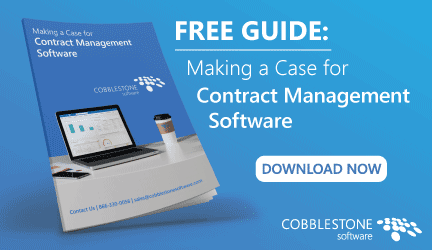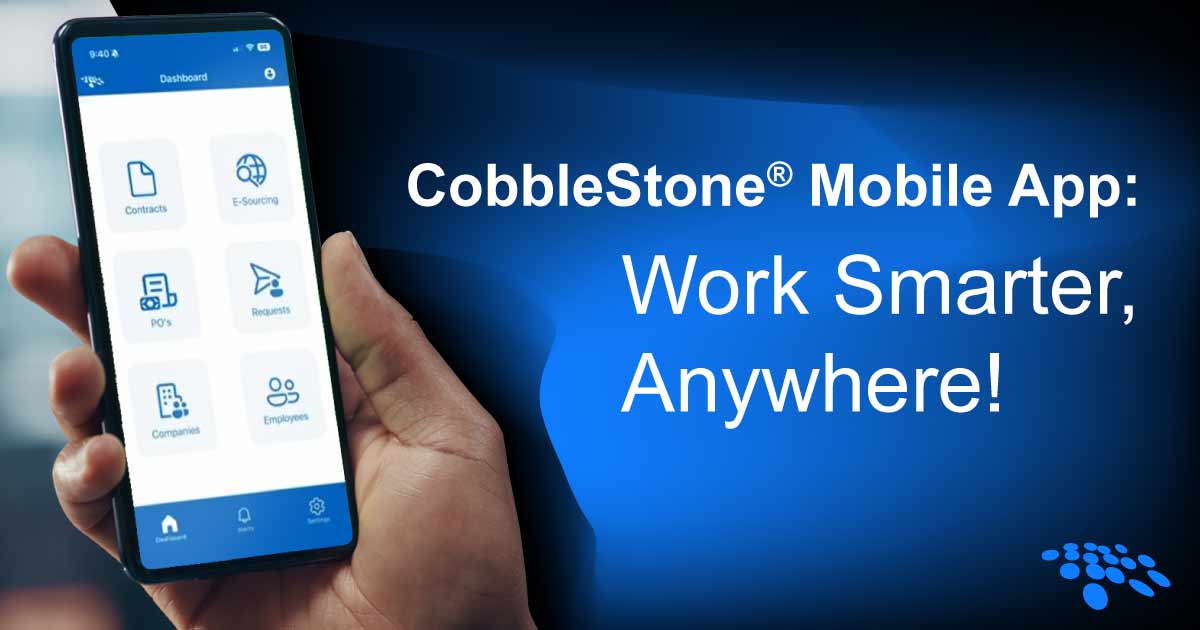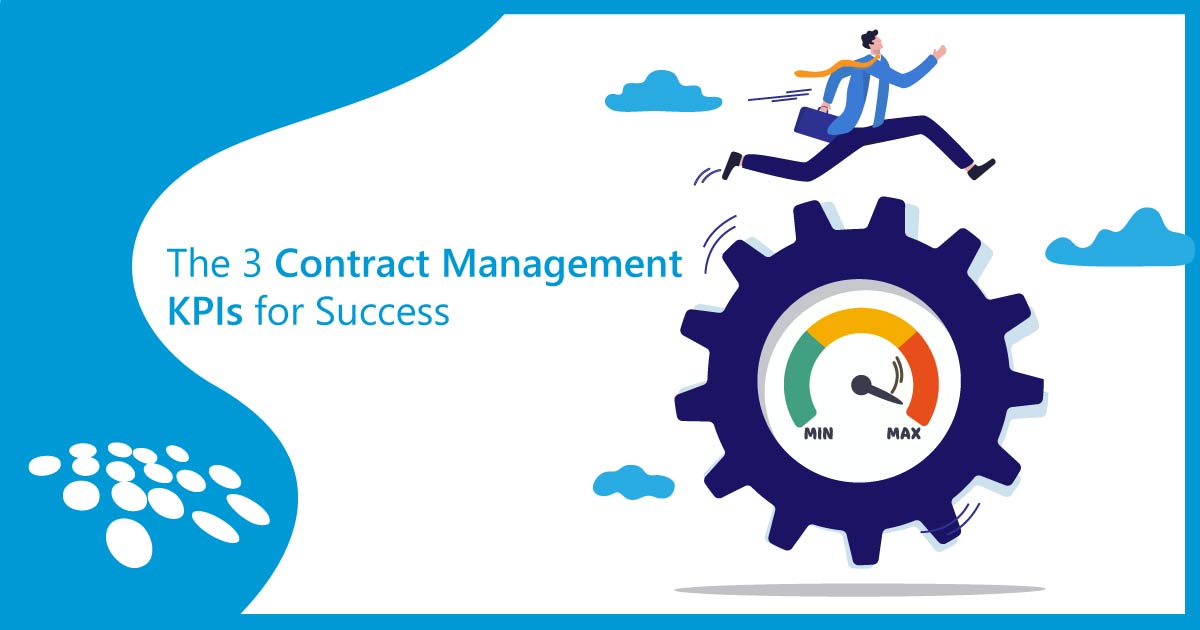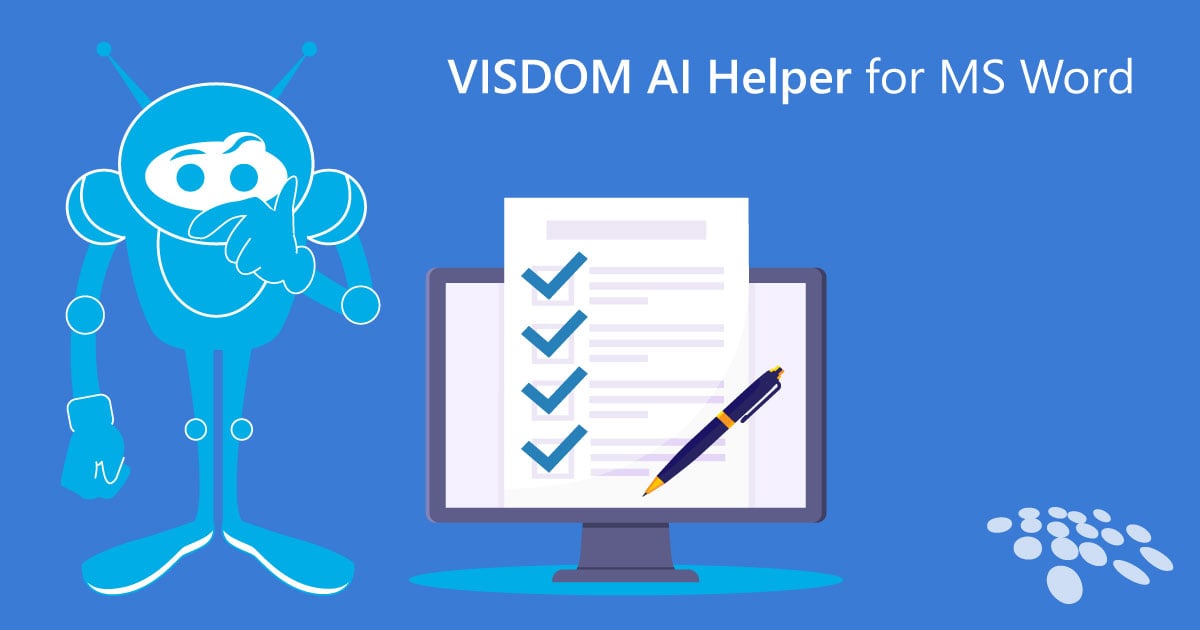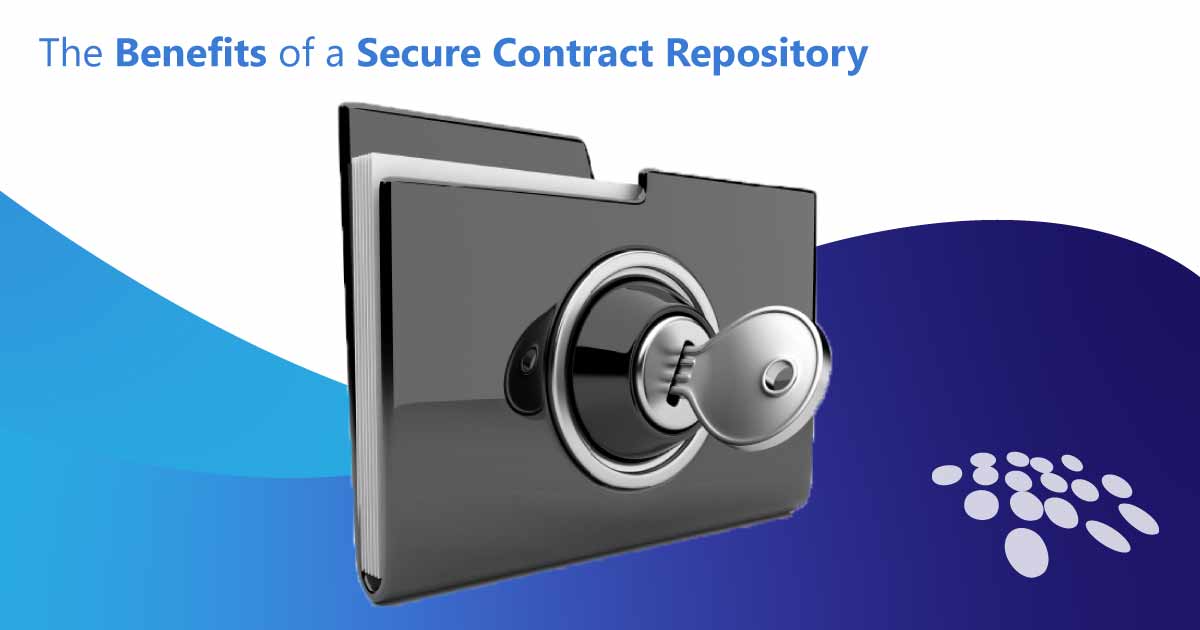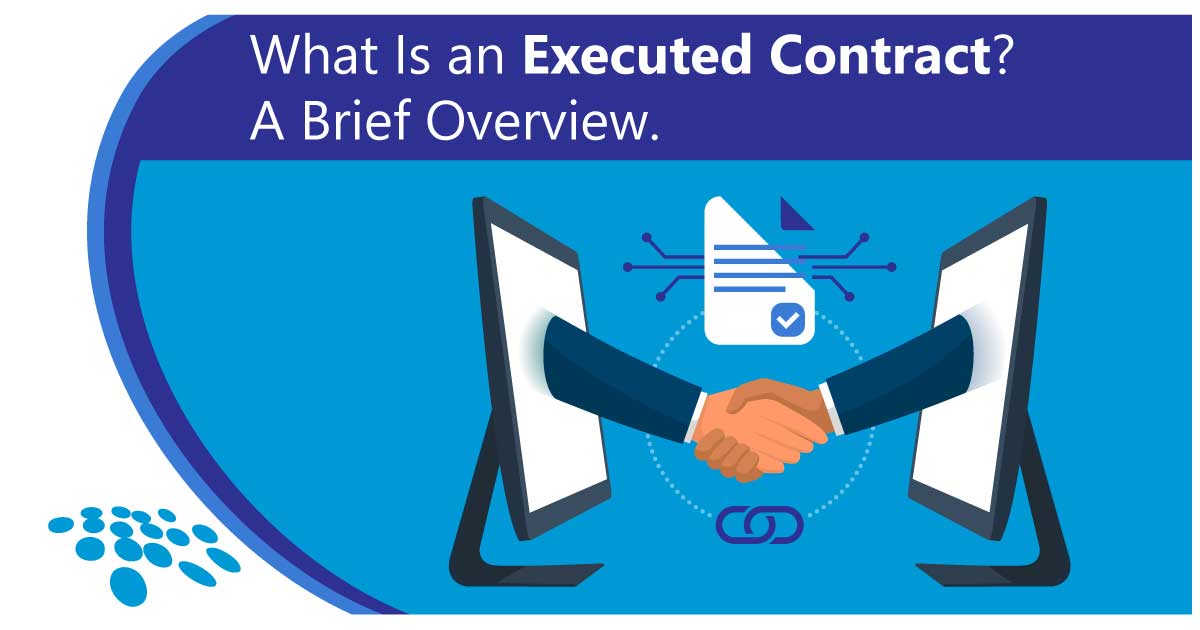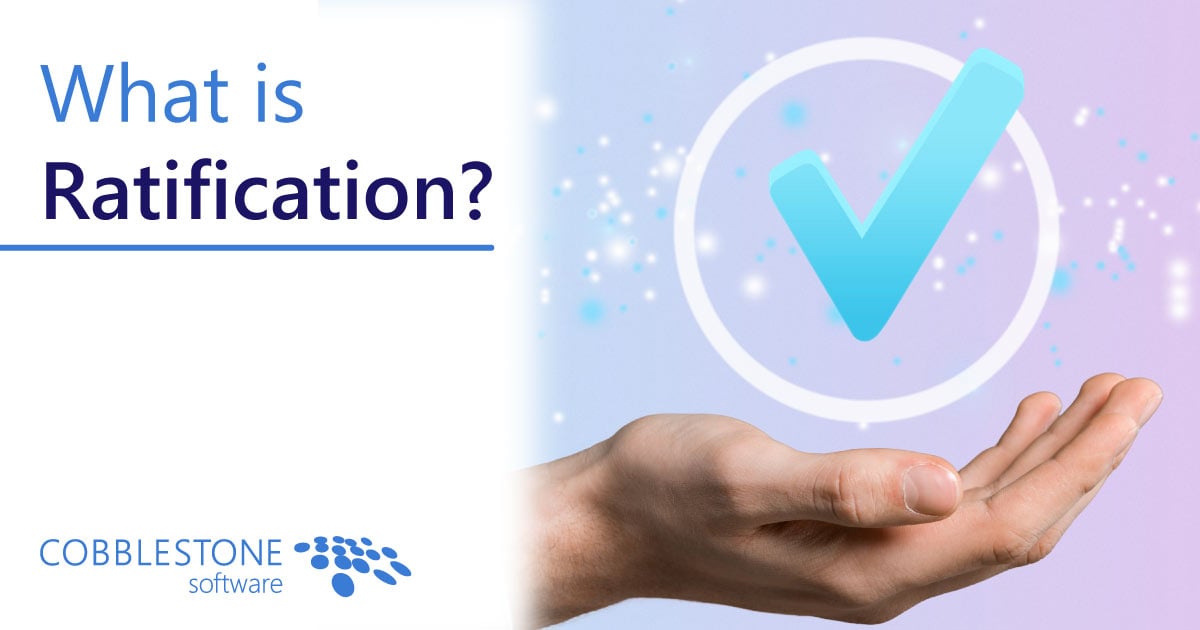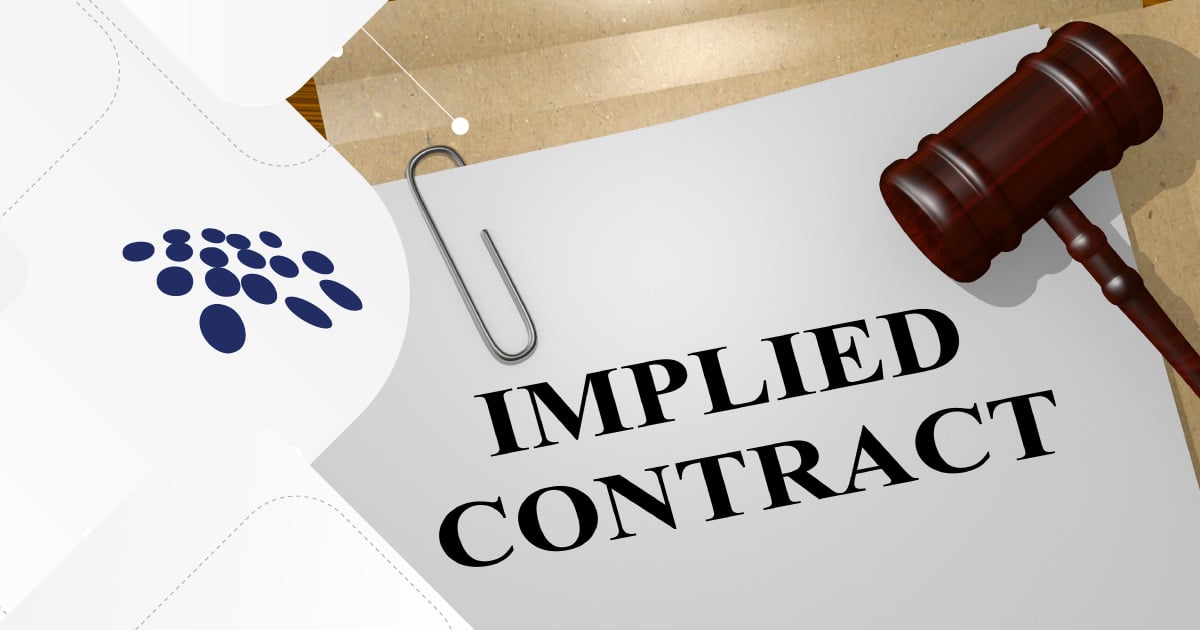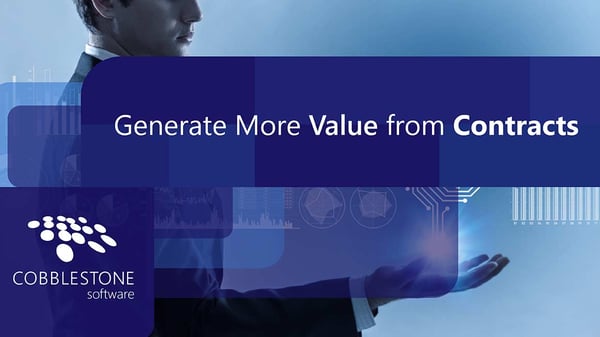 Creating value in an ever-expanding industry-agnostic competitive landscape requires that organizations improve performance, reduce spending, and make data-driven decisions. With the preponderance of spending locked into contracts, leading organizations must find a way to harness their complexity to create value and the following four strategies can help.
Creating value in an ever-expanding industry-agnostic competitive landscape requires that organizations improve performance, reduce spending, and make data-driven decisions. With the preponderance of spending locked into contracts, leading organizations must find a way to harness their complexity to create value and the following four strategies can help.
Strategy #1 – Creating Contract Value Through Accountability
Contracts cross departmental lines, facilitate business relationships, and help organizations meet economic, ethical, and goal realization standards. Due to the aforementioned organizational impact from contracts, accountability at the individual, departmental, and organizational levels can increase contract value by:
- creating contracts for long-standing relationships to protect all parties.
- supporting collaboration and showing the connection between managing contracts and overall organizational impact.
- constructing a contract management system that fosters responsibility through every stage of the contract lifecycle.
- employing contract management professionals with the proven technical skills to navigate complex contracts, negotiation, and project management balanced with the softer skills of tenacity, persuasion, and listening necessary to build relationships.
- establishing uniformity by enforcing concise and standardized contracting policies, templates, terms, and conditions.
Strategy #2 - Creating Contract Value Through Performance Analysis
Contract value is dependent upon contract performance. To keep a pulse on performance, organizations should build awareness of the competitive landscape and organizational effectiveness through establishing and analyzing contract management benchmarks and KPIs.
Standard contract benchmark views include:
- Cost analysis: Are costs going up or down? Is there an opportunity for price reductions or clear indication of product service quality or quantity improvement?
- Supply chain: How are vendors performing? Are there enough supplies to meet demand? Are there any pending policy/law changes that may drive up prices?
- Customer trends: Are sales and rebates opportunities being realized? What are customer retention rates and ROI?
- Internal resource analysis: How many internal resources are used and how much time is spent managing low complexity and low value contracts? How much time is being spent on training and skills development to position personnel to drive contract value?
Prevalent contract management KPIs include:
- Length of contract lifecycle: Review to reveal bottlenecks within stages such as drafting, negotiations, approvals, signatures, and contract closeout.
- Monitor counterparty performance: Look for supplier delivery and reduced costs. Measure usage level and resources used. Compare contract terms against milestone adherence.
- Contract renewal rates: For some organizations, it may be natural for contracts to expire; however, it’s imperative to investigate unauthorized auto-renewals that lock organizations into services and products that are no longer needed. Missed renewals may cause issues when terms aren’t renegotiated, or there is a delay in delivery.
Strategy #3 – Creating Contract Value with Emerging Technology
As impactful as contracts can be, many organizations are still managing contracts with spreadsheets, email, and shared drives. This lack of contract oversight makes it overwhelming, if not impossible, to manage tens of thousands of contracts annually effectively. This approach not only exposes organizations to lost contracts, approval bottlenecks, longer contract cycles, increased risk, compliance issues, regulatory challenges, and missed opportunities, but when practiced as a habit, it will lead to contract value erosion. Contract lifecycle management (CLM) software can position organizations to capture value from pre-award to post-award contracting. Improve CLM by:
- implementing leading contract lifecycle management software with artificial intelligence to drive contract value, starting with requests then moving all the way to post-award contract management and renewals.
- optimizing contract economics through the overall cost identification of contract management and then using contract management benchmarks and KPIs to understand the impact on profit and revenue. Finally, take data-driven action to manage contract performance to reduce contract value erosion.
- extracting contract data with bulk imports of legacy agreements to increase visibility for searching, comparing, reporting, and more.
- automating contract workflow to include task performance monitoring that supports deadlines through bottleneck eradication and status inquiries for easy tracking. Intelligent workflow can simplify task assignment, rotations, and escalation for faster reviews, approvals, signatures, closeouts, and renewals.
- performing contract reports and analytics based on quality data so organizations can make informed decisions. This method facilitates more control, transparency, and visibility into contract portfolios.
Strategy #4 Creating Contract Value Through Risk Mitigation
Risk is one of the most prevalent causes of contract value erosion. Value can be depleted because an organization can manage a portion of the contract cycle effectively, but can simultaneously lack the human resources, strategy, or contract management tools to have full visibility into the inherent variability that contracts can present.
Risk has an impact beyond specific contract stages by crossing organizational lines with challenges around compliance, sub-optimal contract terms, efficiency, cost-sensitivity, adaptability, probability, process bottlenecks, fees, and reputation management. Decrease risk to increase contract value by:
- creating a unified contract management system which includes a secure repository where all contracts can be tracked and audited.
- leveraging contract management technology that supports customized fields for tracking high-risk contracts and automated alerts for any changes made to the contract.
- incorporating contract management artificial intelligence to proactively identify and prevent risk through the assessment of contract language based on rules-based sentiment and risk ratings, sensitive data screening and alert notifications, and agreement monitoring.
- creating a risk assessment program that administers contract management software to analyze contract data and assess any contract associated risks. The contract management technology should be able identify sensitive data in keywords, phrases, and clauses while providing contract visibility reports using real-time data to send instant warnings and proactive recommendations.
Contract value creation can be a challenge as organizations in competitive environments work to find opportunities to improve business relationships, offerings, and delivery; increase speed and reduce costs; determine risk acceptance and allocation; monitor financial implications and operational cost-efficiency; and enhance goal alignment and effectiveness.
The solution to this challenge is emerging technology – leading contract management software.
Learn how Contract Insight® can help organizations generate more value from contracts. Request a free demo today.




